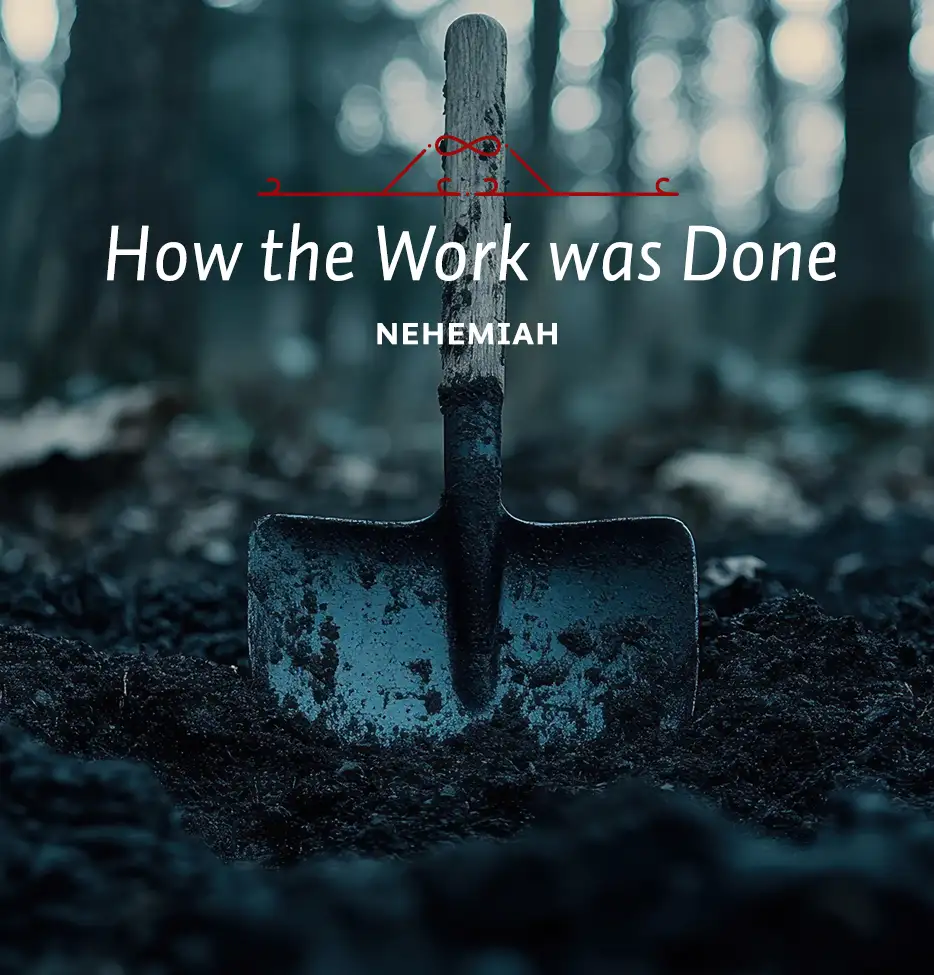The second striking but also obvious thing about Nehemiah’s approach to the work of rebuilding the walls is that he assigned different teams of people to each part. First, he divided the project into sections. Second, he made his assignments. This is what the chapter is primarily about. It is a list of those who rebuilt the gates and each adjoining section of the walls.
I want you to see two important things about this today.
1. Nehemiah delegated the authority. Nothing in the chapter makes a specific point of this, but it is obvious that this is what happened. Nehemiah made the assignments, but from that point on he seems to have allowed each group of workers to proceed as it saw fit. This is clear from the slight variations in how the work was done.
2. Nehemiah got everyone involved. It is amazing to see the number of people and the various types of people involved in rebuilding these walls. The names of forty-one heads of task force groups are mentioned, and that does not include the names of places (from which others came) or the names of the individuals’ fathers or grandfathers (who may have been working also). Think of the types of workers. Cyril J. Barber calls attention to “priests and Levites, rulers and common people, gatekeepers and guards, farmers and `unionmen’—goldsmiths, pharmacists, merchants—temple servants and women.”1 It is worth looking at some of these as they occur in the chapter.
Priests. The priests must have played an important part to judge by the way they are listed. They are listed first, for one thing, verse 1 speaking of “Eliashib the high priest and his fellow priests.” They are also mentioned near the end (v. 28), that is, after the narrative has made its way back around the walls to the point of origin. Priests are listed along the way too. The priests might have excused themselves from heavy work, pleading that it was just not their calling. But it is to their credit that they did not. They pitched in too. Moreover, we read that when they had completed their assignments they dedicated (or consecrated) both the Sheep Gate and the Tower of the Hundred to God, which shows how they regarded their labor. Their labor was unto God, and the product was for Him.
Men of Jericho. Jericho was a good ways off, and the men of Jericho might have argued that the reconstruction of Jerusalem was of little use to them. Later on the residents of other cities are mentioned also: Tekoa, Gibeon, Mizpah, Zanoah, Beth Hakkerem, Beth Zur and Keilah. The same might have been said in their case. But they worked too.
Union men or guild members. Verse 8 mentions “Uzziel son of Harhaiah, one of the goldsmiths” and “Hananiah, one of the perfume-makers.” In verse 31 another goldsmith is mentioned, a man named Malkijah. These were skilled craftsmen who might have complained that the construction industry was not their field or even that the rough work of building might damage their delicate hands. But again, they took on their own fair share of the work with others.
1Cyril J. Barber, Nehemiah and the Dynamics of Effective Leadership (Neptune, NJ: Loizeaux Brothers, 1976), 50.






